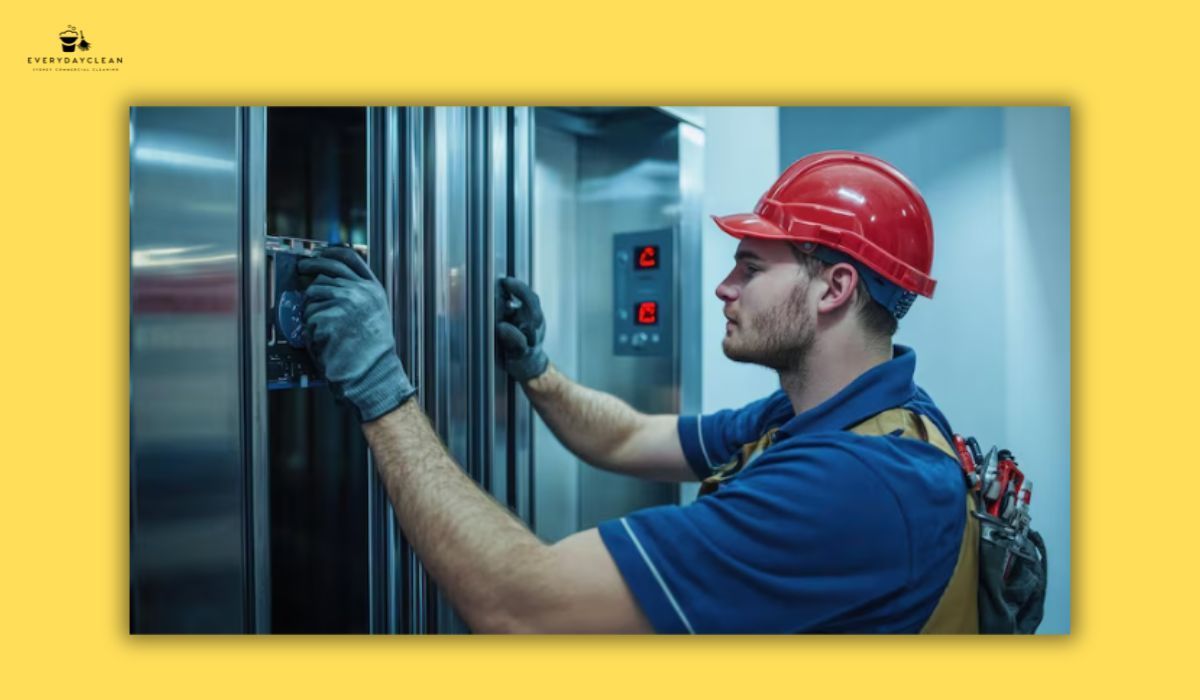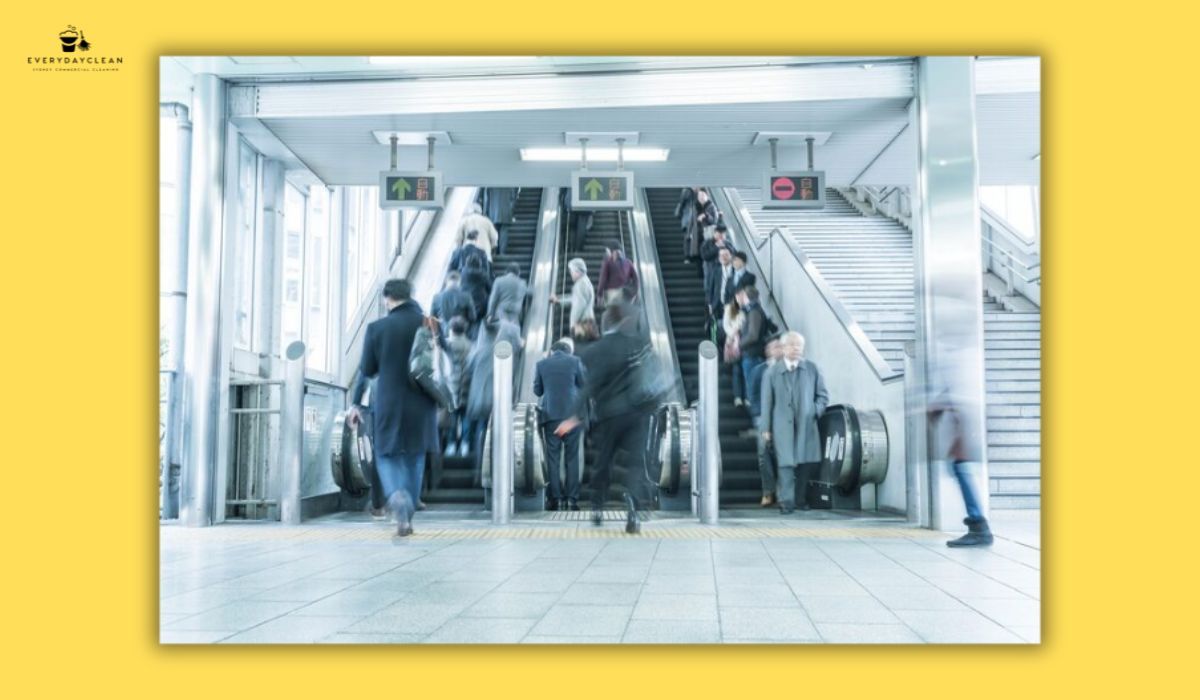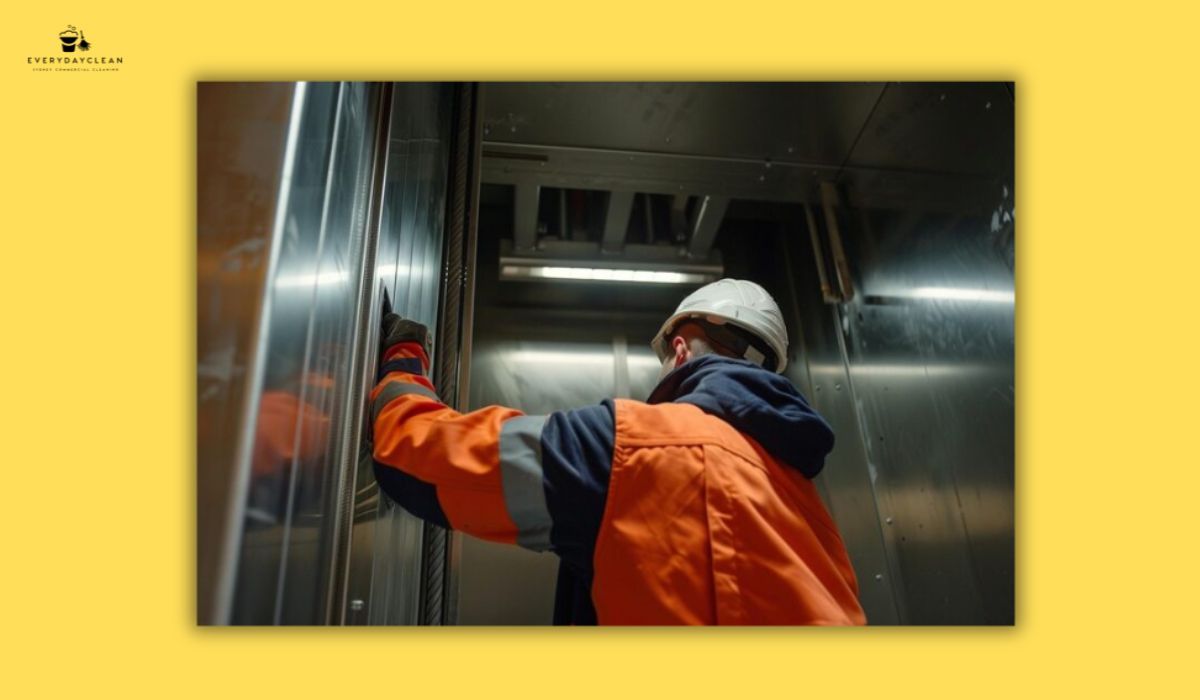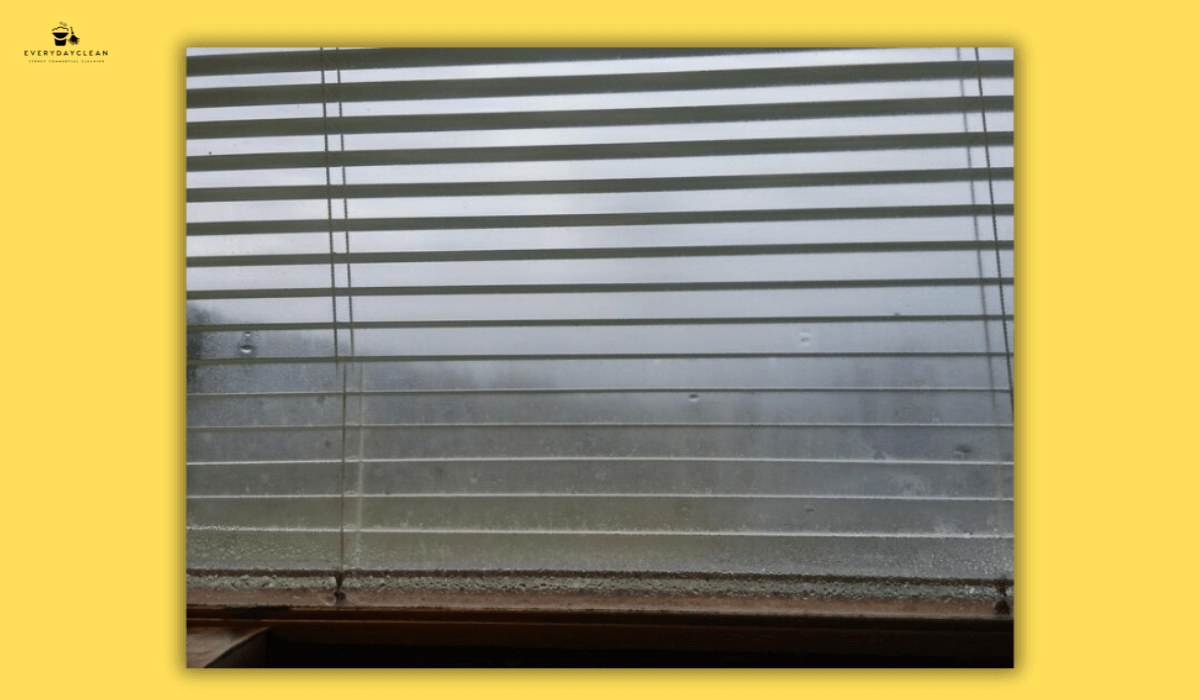Elevator Cleaning Frequency: Daily to Monthly Guide
Elevator cleaning frequency must be tailored to foot traffic, building type, and hygiene expectations. In commercial and residential properties alike, lifts accumulate fingerprints, dust, grime, and bacteria faster than many other shared spaces. Because they serve as high-touch, enclosed zones, maintaining a structured cleaning routine is essential to reduce contamination, support tenant satisfaction, and comply with hygiene regulations.
In high-traffic office buildings, pairing lift hygiene with cleaning routines that also reduce allergens strengthens overall workspace health.
This article provides a clear daily, weekly, and monthly cleaning checklist for elevators based on industry cleaning standards, WHS guidelines, and real-world requirements for facilities across Sydney. It includes practical recommendations for different building types and explains how to align elevator cleaning with risk levels, occupancy rates, and audit readiness.
How Often Should You Clean Elevators?
Elevator cleaning schedules depend on how frequently the lift is used and the risk profile of the building. Office towers and hospitals, for example, may need multiple daily wipe-downs, while low-rise residential buildings might only require daily or weekly maintenance. Below is a summary of best practices across common property types.
Before reviewing the breakdown, it's important to note that each elevator should be visually checked daily, even in lower-risk buildings.
Recommended Cleaning Frequencies by Building Type
The table below outlines a baseline cleaning frequency for different commercial and residential environments in Australia:
| Property Type | Daily Tasks | Weekly / Monthly Tasks |
|---|---|---|
| Office Buildings | Disinfect buttons, mirrors, and handrails | Deep clean flooring, doors, panel edges, and ventilation |
| Residential Buildings | Wipe down buttons, spot-clean walls | Full cabin clean, stainless steel polish, door tracks |
| Hospitals & Aged Care | Full disinfection of high-touch areas | Sterilisation, air vent clean, lift shaft detailing |
| Retail & Shopping Centres | Frequent sanitising of buttons and rails | Degreasing, floor steam cleaning, and scheduled maintenance |
| Hotels & Hospitality | Clean between shifts or guest turnover | Deodorise, polish walls, clean floor thresholds |
Cleaning frequency should be increased during flu seasons, outbreak periods, or when foot traffic surges.

Daily, Weekly & Monthly Elevator Cleaning Checklist
To support a consistent cleaning system, elevator maintenance tasks should be split into manageable frequencies. The following checklist helps cleaning teams stay compliant while ensuring lift interiors remain clean, safe, and presentable.
Daily Cleaning Tasks
Daily cleaning maintains hygiene and stops grime build-up:
- Disinfect elevator button panels (inside and outside)
- Wipe stainless steel or glass handrails
- Clean mirrors and wipe down interior panels
- Remove visible rubbish and debris
- Mop or spot-clean floors as needed
These tasks should be completed once per shift in high-traffic zones like hospitals or retail spaces.
Weekly Cleaning Tasks
Weekly cleaning should address areas that accumulate hidden dirt or stains:
- Deep clean flooring using commercial-grade floor cleaner
- Polished stainless steel walls and internal metal panels
- Wipe down lighting diffusers and control panels
- Clean the elevator door tracks and sills
Weekly cleans provide a more thorough refresh to supplement daily sanitation.
Monthly or Periodic Deep Cleaning
A monthly elevator deep clean should include:
- Steam cleaning flooring, especially in carpeted lifts
- Disinfecting light diffusers, corners, and ceiling vents
- Deodorising with safe, low-VOC cleaning products
- Vacuuming or brushing out dust from thresholds and lift shafts
- Wiping control cabinets and maintaining cleaning logs
This level of cleaning is essential for presentation and hygiene in professional buildings and ensures lifts remain in optimal condition.
Factors That Affect Elevator Cleaning Frequency
The required frequency of elevator cleaning is affected by multiple variables. Cleaning contractors and building managers should evaluate the following when setting cleaning plans:
- Foot traffic: High-volume buildings (e.g., shopping centres, universities) require multiple daily cleans.
- Building usage: Hospitals, food-service buildings, and aged care facilities must meet strict hygiene codes.
- Public health protocols: During outbreaks or high-alert seasons, increase disinfection of all touchpoints.
- Surface materials: Mirrors, brushed steel, and glass show fingerprints and smudges faster than plastic or laminate.
- Cleaning compliance: Regulatory expectations (WHS, FSANZ, or council) often require cleaning records and traceability.
Aligning cleaning frequency with risk ensures efficiency and compliance.

Why Consistent Elevator Cleaning Matters
Regular elevator cleaning supports:
- Hygiene and safety: Prevents germ spread and maintains a healthy environment
- User confidence: Clean elevators improve building perception
- Slip prevention: Clean floors reduce fall risks in enclosed, fast-moving spaces
- Lift performance: Clean door tracks and vents reduce mechanical wear
- Legal compliance: Cleaning logs and safety sheets demonstrates accountability
Elevator hygiene is part of a larger cleaning system that reflects your brand and duty of care.
When to Use Professional Elevator Cleaners
For many facilities, daily cleaning is handled by internal janitorial teams. However, periodic professional cleaning ensures:
- Safe access to shafts, thresholds, and electrical control areas
- Use of industry-grade steam and disinfection equipment
- WHS and chemical compliance with SDS and audit requirements
Scheduling professional elevator cleaning monthly or quarterly is recommended for buildings with ongoing inspections, high traffic, or hospitality functions.

FAQs: Elevator Cleaning Frequency
Here are the most searched questions about elevator cleaning routines, answered with practical guidance and compliant insights:
How often should an elevator be cleaned?
Elevators should be surface cleaned daily and deep cleaned weekly or monthly, depending on traffic volume and building use. Hospitals or shopping centres may require multiple cleanings per day, while residential lifts may only need a single daily clean. Deep cleans should occur monthly or quarterly to remove buildup in tracks, corners, and ceilings.
What is included in elevator cleaning?
Elevator cleaning typically involves wiping down button panels, mirrors, handrails, and floors. More thorough routines include cleaning light panels, thresholds, door tracks, control panels, and applying stainless steel polish. Periodic services may also involve steam cleaning floors and deodorising the cabin.
What cleaning products are safe for elevator interiors?
Use non-abrasive, commercial-grade disinfectants, neutral pH cleaners, and stainless-steel polish. Avoid bleach or ammonia-based chemicals that corrode surfaces or damage control panels. Always refer to SDS documents and use low-odour products in confined spaces.
Are elevator cleaning logs necessary?
Yes. WHS-compliant buildings should maintain elevator cleaning logs that record the date, time, staff initials, and tasks performed. These logs assist during audits, inspections, or incident reviews, and can be integrated into broader facility management systems.
Can elevator shafts or pits be cleaned by in-house staff?
No. Cleaning elevator shafts or pits should only be done by trained professionals with proper equipment and safety procedures. These zones often require lockout protocols and specialist knowledge to avoid electrical or mechanical hazards.
Book Commercial Elevator Cleaning in Sydney
At Everyday Clean, we provide specialised office cleaning services for your workspace, retail complexes, medical buildings, and high-rise apartments across Sydney.
Our WHS-trained staff use eco-friendly, lift-safe cleaning products and document all cleaning activities to meet council and safety standards. Everyday Clean is committed to delivering reliable cleaning solutions that keep your spaces safe and compliant.
Get in touch today to schedule daily cleaning support or professional elevator deep cleans that keep your building safe, hygienic, and audit-ready.
Author: Everyday Clean Content Team
Everyday Clean is Sydney’s trusted provider of commercial cleaning solutions, including pools, gyms, offices, and strata properties. Our licensed professionals use advanced, eco-friendly equipment to deliver safe, compliant, and spotless results. With deep experience across Sydney’s hospitality, fitness, and residential sectors, we help facilities maintain inviting, healthy environments that guests trust.


